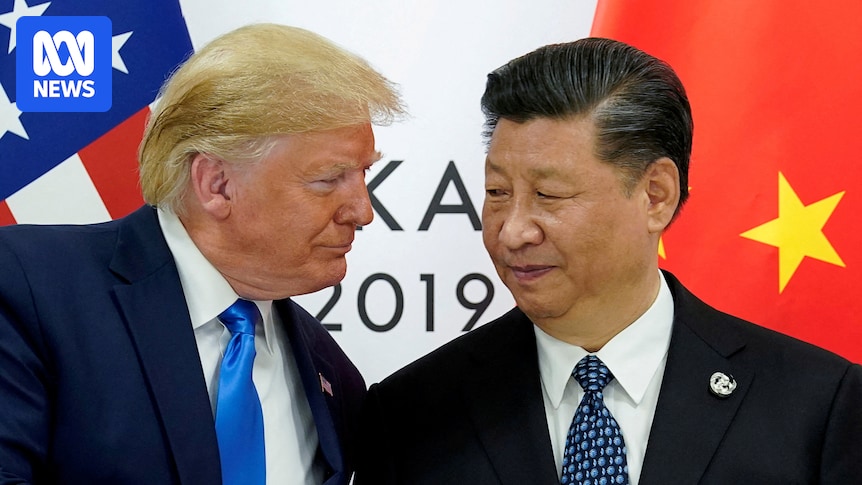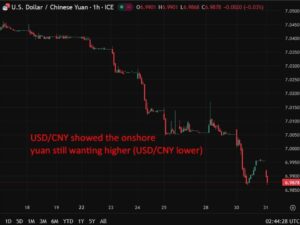
China has confirmed the framework of a trade deal with the United States, stating that Washington will lift certain “restrictive measures” while Beijing will “review and approve” items under export controls. This development follows months of tense negotiations and a trade war that has seen both nations impose tariffs on each other’s goods.
A key focus for the United States in these discussions has been securing the supply of rare earth elements, which are critical for manufacturing electric vehicles, hard drives, and national defense equipment. China, which dominates the global production of these elements, had begun requiring export licenses in early April, a move perceived as retaliation against the tariffs imposed by former US President Donald Trump.
The two nations had previously agreed in May, during talks in Geneva, to temporarily reduce the steep tariffs they had imposed on each other’s products. However, the situation remained tense as the US accused China of violating the agreement by delaying export license approvals for rare earths.
Progress in Trade Talks
Following further discussions in London, the US and China have now reached a consensus on a framework to implement the agreements made in Geneva. A White House official confirmed to AFP that the Trump administration and China had “agreed to an additional understanding for a framework to implement the Geneva agreement.” This statement came after President Trump announced at an event that a trade deal with China had been “just signed,” though he provided no further details.
Beijing confirmed the agreement on Friday, with a spokesperson for the commerce ministry expressing hope that both nations would “meet each other halfway.” The ministry stated that both sides had “further confirmed the details of the framework,” and under the deal, China will “review and approve applications for the export control items that meet the requirements in accordance with the law.” In response, the US will cancel a series of restrictive measures against China.
Global Trade Dynamics
Meanwhile, US Treasury Secretary Scott Bessent indicated that Washington could finalize its trade agenda by early September, suggesting that more agreements could be concluded, potentially extending beyond an upcoming deadline. Speaking to Fox Business, Bessent highlighted that there are 18 key partners with whom the US is focused on securing trade pacts.
“If we can ink 10 or 12 of the important 18, there are another important 20 relationships, then I think we could have trade wrapped up by Labor Day,” Bessent said, referring to the holiday on September 1. He has been leading US negotiations and met with China’s Vice Premier He Lifeng in London in June.
US Commerce Secretary Howard Lutnick also commented on the July deadline for steeper US duties, stating on Bloomberg Television that “we’re going to do top 10 deals, put them in the right category, and then these other countries will fit behind.”
Implications of Rare Earths Dominance
China’s dominance in the rare earths market remains a critical issue. The country controls approximately 90 percent of the global refining of these elements, leaving the US particularly vulnerable. This dominance has prompted countries to negotiate trade pacts with Washington to avoid further tariff hikes, following a 10 percent levy imposed by Trump in April.
Wall Street has reacted positively to the potential for trade deals, with major indexes bouncing back. The S&P 500 reached a new record, recovering from lows experienced in April, while stock markets in Europe rose, and Asian indexes showed mixed results.
The White House has suggested that the Trump administration might extend the July deadline for trade negotiations. Press Secretary Karoline Leavitt told reporters that “perhaps it could be extended, but that’s a decision for the president to make.” She emphasized that the deadline is not critical, adding that the president could impose reciprocal tariff rates if countries fail to reach a deal by the deadline.
“The president can simply provide these countries with a deal if they refuse to make us one by the deadline,” Leavitt said, highlighting the administration’s strategic approach to trade negotiations.
As the US and China move forward with their trade agreement, the global trade landscape remains in flux, with significant implications for international relations and economic stability.







